Popsicle sticks are made from trees; it’s such a huge waste to throw them away! What to do with them? They’re fragile and you can’t do something serious with them… unless it’s a miniature, like a mini stand for your cute little drawings, or handmade chalkboard signs to be used at craft shows.
Materials needed:
- 4 Popsicle sticks
- 2 Tooth picks
- White glue – I used Bic White Glue
- Craft knife or X-acto knife
- Cutting mat or cardboard to protect your work surface
- Some book pages to cover the cracks on the Popsicle sticks
How-to:
- I initially wanted to create little holes in 3 popsicle sticks to insert a toothpick – to bind the three “feet” and to keep them free to fold and move. The Popsicle sticks cracked but did not break, so I inserted the top toothpick where the wood cracked… and quickly added a generous amount of wood glue to fix it in place and to prevent the three feet from breaking. It took some patience to engineer the tripod and balance the “feet.” The rear “foot” can swing back and forth if you want it to, and it’s safe to do so since the model is well glued and the paper strips kind of toughen up the miniature stand.
- I glued the “shelf” on by adding a huge amount of wood glue. I decoupaged some strips of paper that came from an old book using a lot of white glue. This worked perfectly as extra support and as a decorative touch to hide the cracked wood.
- I then added an extra tooth pick at the base of the mini “shelf” for extra support, again by applying a lot of glue.
- One thing to remember though, you need to let the glue dry a bit before you move into the next step or the whole thing will fall apart. Patience is a virtue : – )
This mini stand actually has a function other than being utterly cute and adorable:
You can use it in craft shows to place your brand name on it… or, if you make a few more stands, you can place cute little chalkboard signs on them to identify your craft work, homemade cookies, or handmade jewelry (bracelets, rings, earrings, etc). You can also display your miniature canvas (or cardboard) drawings and paintings with this stand. In your kitchen or dining room, if you have a corner for homemade olives and oils, sandwiches, cookies… you can place this stand with a sign that tells your dear ones “yummy things are served here.”
~~~~~~~~~~~~~~
Related Recycling/Packaging/Display Articles:


















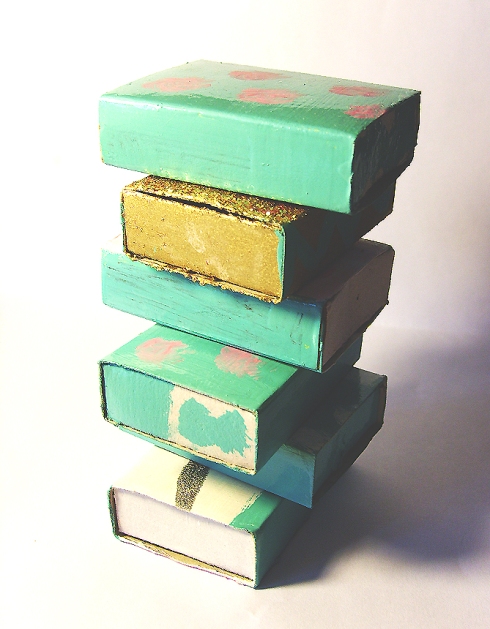
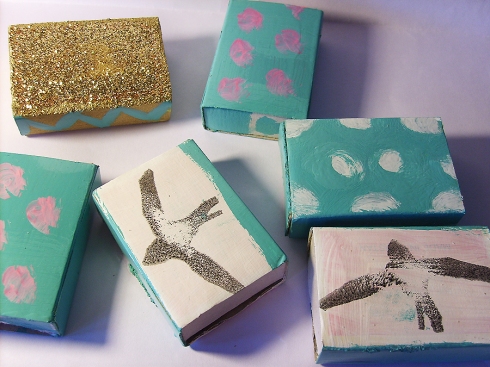

































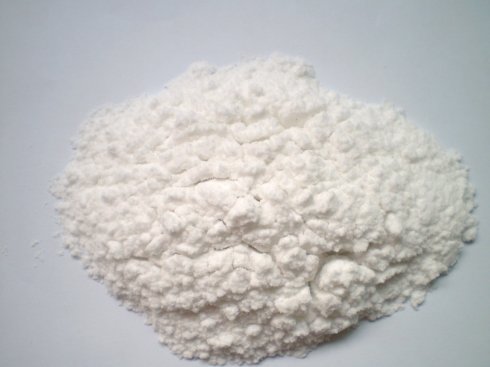








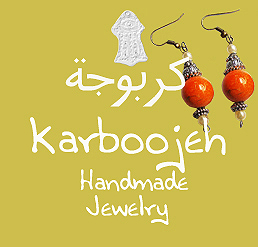
 ♥ ♥ ♥ ♥ ♥ ♥ ♥ ♥ ♥ ♥ ♥ ♥ ♥ The Crafts Dept.
♥ ♥ ♥ ♥ ♥ ♥ ♥ ♥ ♥ ♥ ♥ ♥ ♥ The Crafts Dept. ♥ ♥ ♥ ♥ ♥ ♥ ♥ ♥ Fresh Home Ideas
♥ ♥ ♥ ♥ ♥ ♥ ♥ ♥ Fresh Home Ideas The Crafts pages of Martha Stewart
The Crafts pages of Martha Stewart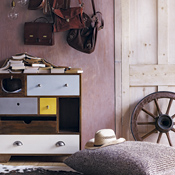 ♥ ♥ ♥ ♥ ♥ ♥ Life.Style.Etc
♥ ♥ ♥ ♥ ♥ ♥ Life.Style.Etc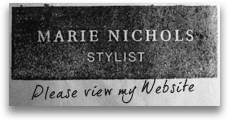 ♥ ♥ ♥ ♥ ♥ Whole Lotta Lovley
♥ ♥ ♥ ♥ ♥ Whole Lotta Lovley http://houseoffiftyblog.blogspot.com/
http://houseoffiftyblog.blogspot.com/ http://indiska.com/
http://indiska.com/ http://isabellaandmaxrooms.blogspot.com/
http://isabellaandmaxrooms.blogspot.com/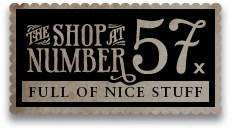 http://theshopatnumber57.com/
http://theshopatnumber57.com/ http://www.boligliv.dk/
http://www.boligliv.dk/ http://www.housetohome.co.uk/livingetc
http://www.housetohome.co.uk/livingetc Anthology: Living with Substance & Style
Anthology: Living with Substance & Style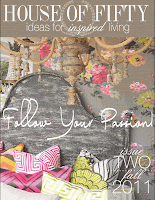 House of Fifty: Ideas for inspired living
House of Fifty: Ideas for inspired living















